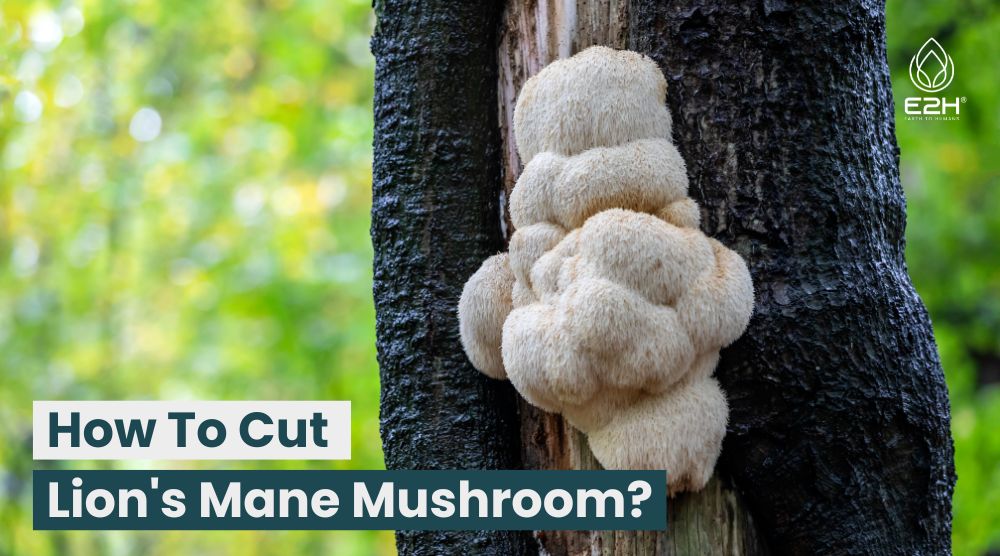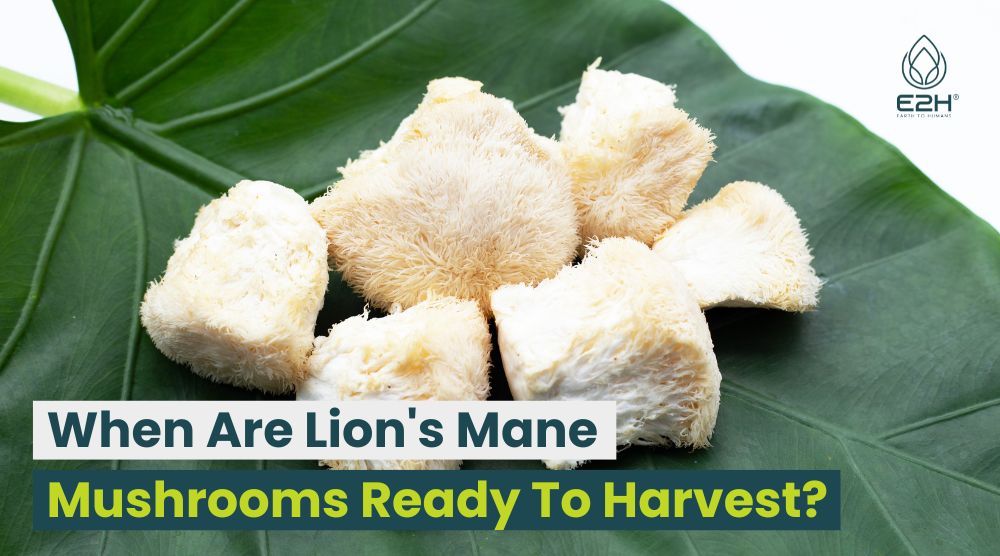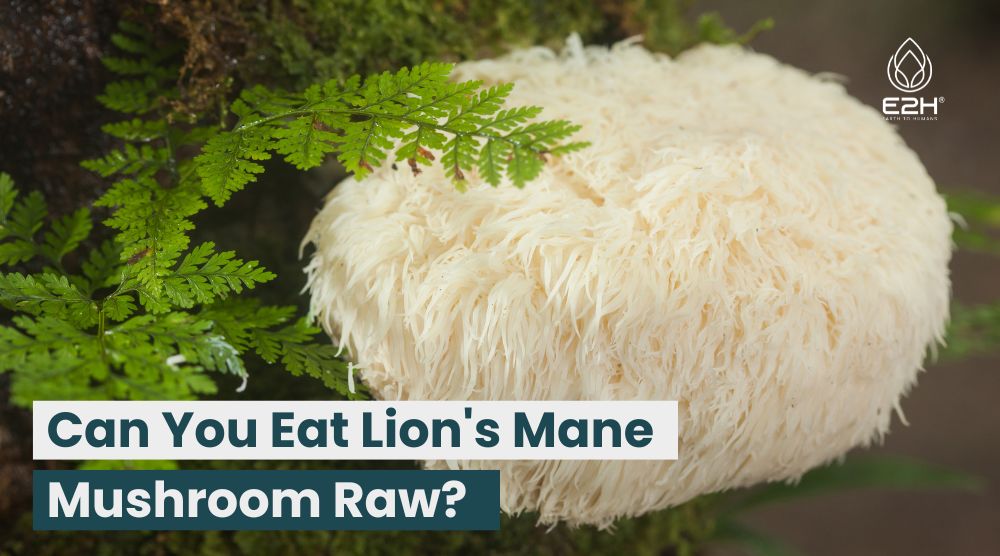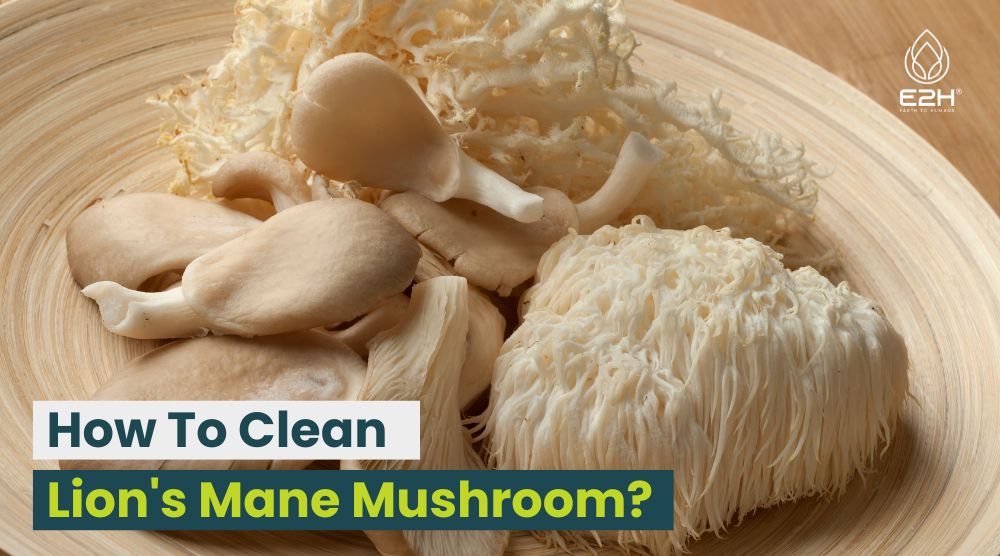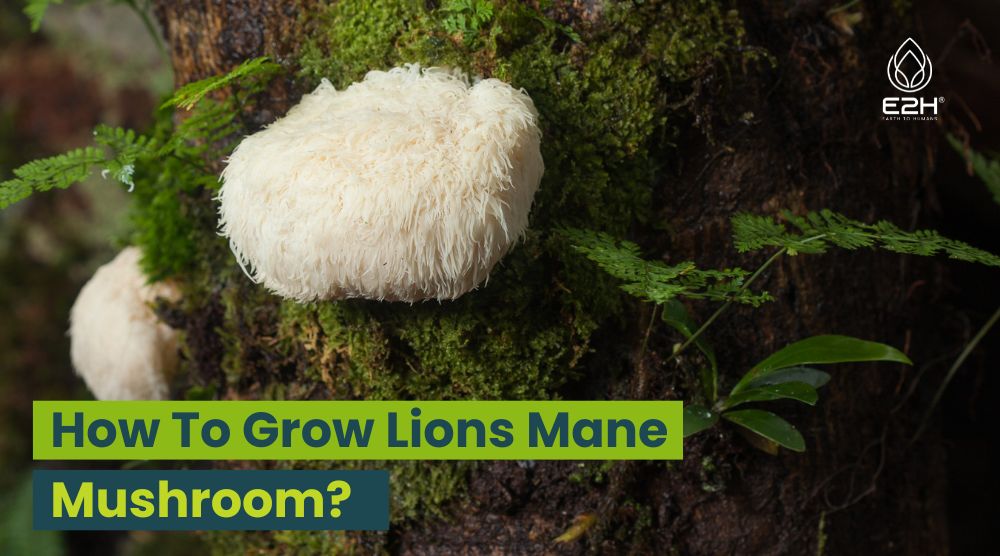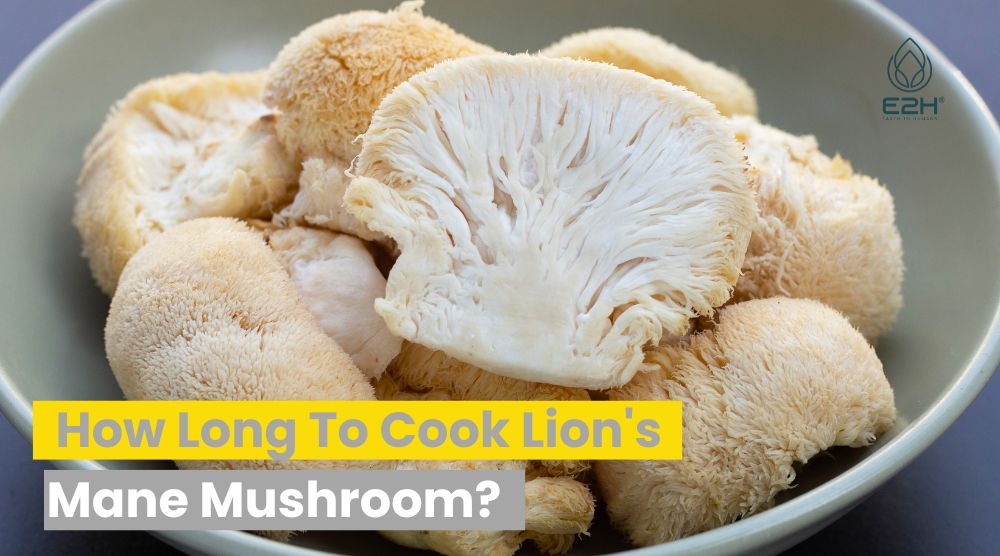How to cut lion’s mane mushroom: To cut Lion’s Mane mushroom, use clean scissors or shears. Snip the stalk, trim cascading spines, and gently twist off the base. Store or cook immediately for optimal flavor and texture.
What is Lion’s Mane Mushroom?
Lion’s Mane mushroom is a distinctive-looking fungus that resembles the mane of a lion, with its cascading spines that hang down like soft icicles. Beyond its striking appearance, Lion’s Mane is renowned for its potential cognitive and neurological benefits. Research suggests that consuming Lion’s Mane mushroom may support brain health, memory function, and even aid in nerve regeneration.
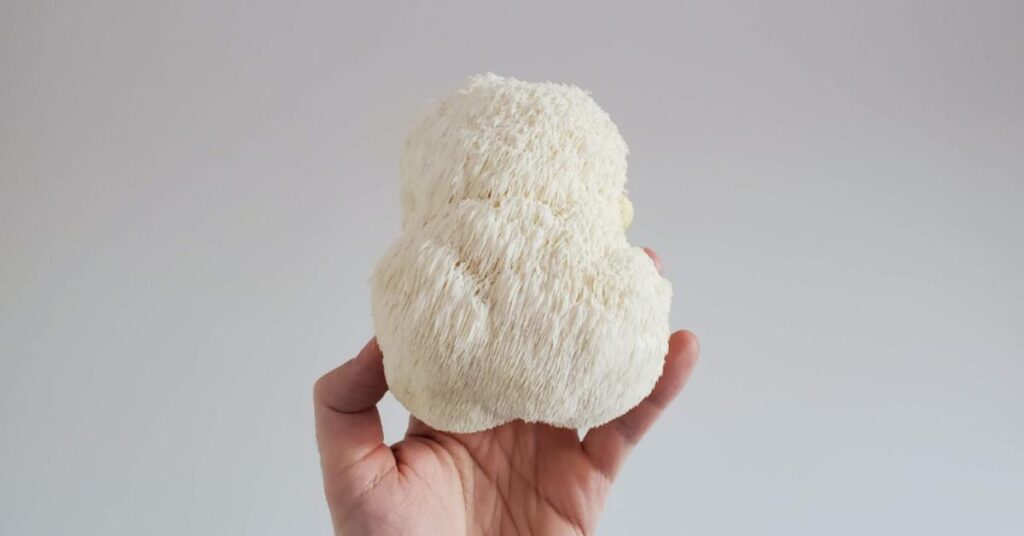
Tools Needed
Before you start cutting, gather the necessary tools. You’ll need a pair of clean, sharp kitchen scissors or pruning shears, a clean and dry container, and a soft brush to remove any debris from the mushroom’s surface.
Step-by-Step Guide to Cutting Lion’s Mane Mushroom
Now, let’s get into the detailed steps of cutting Lion’s Mane mushroom to maximize its quality:
Cutting the Mushroom Stalk
Hold the mushroom gently and locate the point where it attaches to the substrate. Carefully snip the stalk using your scissors or pruning shears. Be sure to leave a small portion of the stalk attached to the base to support future growth.
Trimming the Mushroom Fingers
Inspect the mushroom’s cascading spines, often referred to as “fingers.” Trim the fingers carefully, maintaining a consistent length for a neat appearance. These trimmed spines can be saved and used in culinary preparations.
Harvesting the Base
Gently twist and pull the mushroom base from the substrate. This should be done with care to avoid damaging the growing medium or mycelium underneath love mushrooms.
Inspecting for Harvest Readiness
Examine the harvested mushroom for any signs of damage, insects, or discoloration. A healthy Lion’s Mane mushroom should be white or off-white, and free from blemishes.
When to Cut Lion’s Mane Mushroom?
Harvest Lion’s Mane mushrooms when they reach their prime size, typically between 4 to 6 inches in diameter. This is usually around 3 weeks after the initial growth begins. Look for mature specimens with dense, flowing “icicle-like” spines. To cut, use a clean knife or scissors, and gently detach the mushroom at the base to avoid damaging the mycelium. Harvesting at the right time ensures optimal taste and nutritional value.
Storing Lion’s Mane Mushroom
Freshly cut Lion’s Mane mushrooms are best consumed as soon as possible to enjoy their optimal taste and texture. However, if you need to store them, place them in a paper bag or a breathable container in the refrigerator. Avoid sealing them in plastic, as this can lead to moisture buildup and spoilage.
Culinary Uses of Lion’s Mane Mushroom
Lion’s Mane mushroom offers a delightful culinary experience with its delicate and seafood-like flavor. It can be cooked in various ways, such as sautéing, roasting, or even used as a meat substitute in vegetarian dishes. Its unique texture makes it a tasty recipe versatile ingredient in both savory and sweet recipes.
Health Benefits of Lion’s Mane Mushroom
Lion’s Mane mushrooms grow on dead or decaying hardwood trees in temperate regions of North America, Europe, and Asia due to its culinary uses and traditional medicinal properties. Before delving into the cutting process, let’s briefly explore the health benefits associated with Lion’s Mane mushroom. This mushroom is believed to have antioxidant and anti-inflammatory properties. It’s also considered a potential nootropic, which means it could enhance cognitive function and boost brain health. Some studies suggest that Lion’s Mane may support mental clarity and focus, making it a popular choice among individuals looking to boost their brain health.
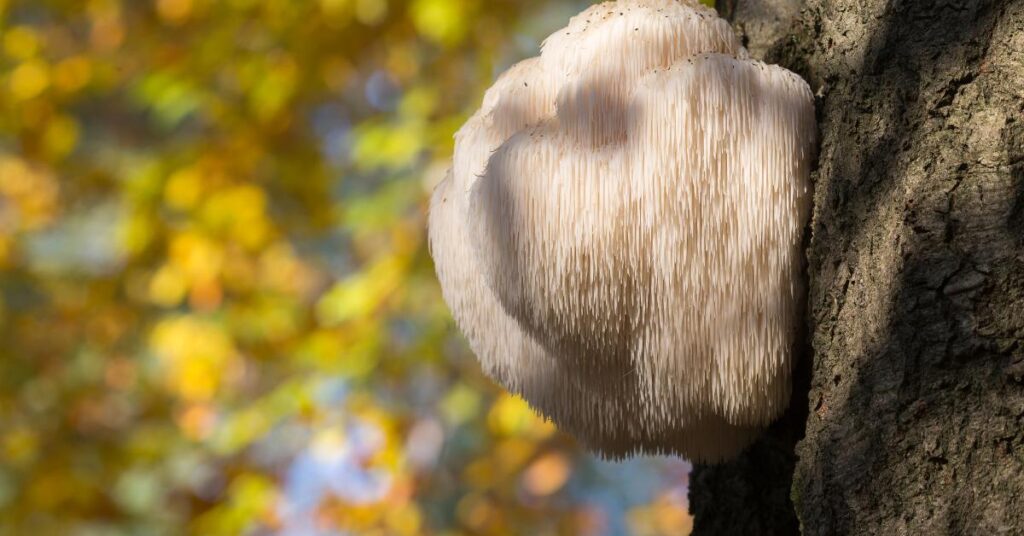
Cook lion’s mane mushrooms: 5 popular cooking methods
Cooking Lion’s Mane mushrooms offers a delightful culinary adventure with their unique texture and delicate flavor. Here are five popular cooking methods that bring out the best in these intriguing fungi:
- Sautéing: Sautéing Lion’s Mane mushrooms in butter or olive oil is a classic method that enhances their natural taste and tenderness. Start by slicing the mushrooms into bite-sized pieces. Heat a pan over medium heat, add butter or oil, and gently sauté the mushrooms until they turn golden brown and release their moisture. Season with salt, pepper, and herbs for a delectable side dish or topping.
- Roasting: Roasting Lion’s Mane mushrooms adds a delightful depth of flavor. After cleaning and slicing the mushrooms, spread them on a baking sheet. Drizzle with olive oil and season with your choice of spices. Roast in a preheated oven at around 375°F (190°C) until they turn golden brown and slightly crispy on the edges. The roasting process intensifies their umami flavor, making them a perfect addition to salads or grain bowls.
- Stir-Frying: Incorporate Lion’s Mane mushrooms into stir-fries for a quick and flavorful meal. Cut the mushrooms into even-sized pieces and stir-fry them with a medley of vegetables, protein, and your favorite sauce. Their delicate taste absorbs the flavors of the other ingredients, creating a harmonious blend of tastes and textures.
- Grilling: Grilling Lion’s Mane mushrooms offers a unique smoky flavor. Cut them into larger segments to prevent falling through the grates. Brush with oil and seasonings before placing them on the grill. Cook until they develop grill marks and a tender interior. Grilled Lion’s Mane mushrooms make excellent meat substitutes in sandwiches or as a side dish for outdoor gatherings.
- Frying: For a crispy treat, consider frying Lion’s Mane mushrooms. Create a batter using flour, breadcrumbs, or even tempura mix. Dip the mushroom pieces into the batter and deep-fry until they turn golden brown and crunchy. This method transforms the texture while preserving their delicate taste. Serve as an appetizer or snack with dipping sauces.
How do you prepare Lion’s Mane to eat?
To prepare Lion’s Mane mushroom for consumption, start by gently cleaning it with a soft brush to remove debris. Slice the fresh mushroom up into desired sizes, considering its seafood-like texture and delicate flavor. Sautéing or roasting in butter or oil enhances its taste and brings out its natural umami. Incorporate it into dishes like stir-fries, pasta, or even as a meat substitute. Remember, cooking time is relatively short due to its tender nature. Explore recipes to fully experience this unique fungus’s culinary potential.
Can you eat all parts of lion’s mane mushrooms?
Yes, all parts of Lion’s Mane mushroom are edible incredibly delicious and flavorful. From the cascading spines to the central stalk and base, each section holds a tender texture and a subtle seafood taste. Including all parts fresh lion’s mane mushroom in your dishes provides a diverse range of flavors and textures, enhancing the overall culinary experience.
Why can’t you eat lions mane mushroom raw?
Eating more Lion’s mane Mane mushroom raw isn’t recommended due to its challenging texture and taste when uncooked. Raw Lion’s Mane can be tough and chewy, lacking the tender quality that emerges when it’s cooked. Cooking lion’s mane mushroom breaks down its fibers, unlocking a more pleasing texture and enhancing its unique flavor profile. Thus, to fully appreciate Lion’s Mane’s potential, it’s advised to enjoy it after a quick sauté, roast, or other cooking methods.
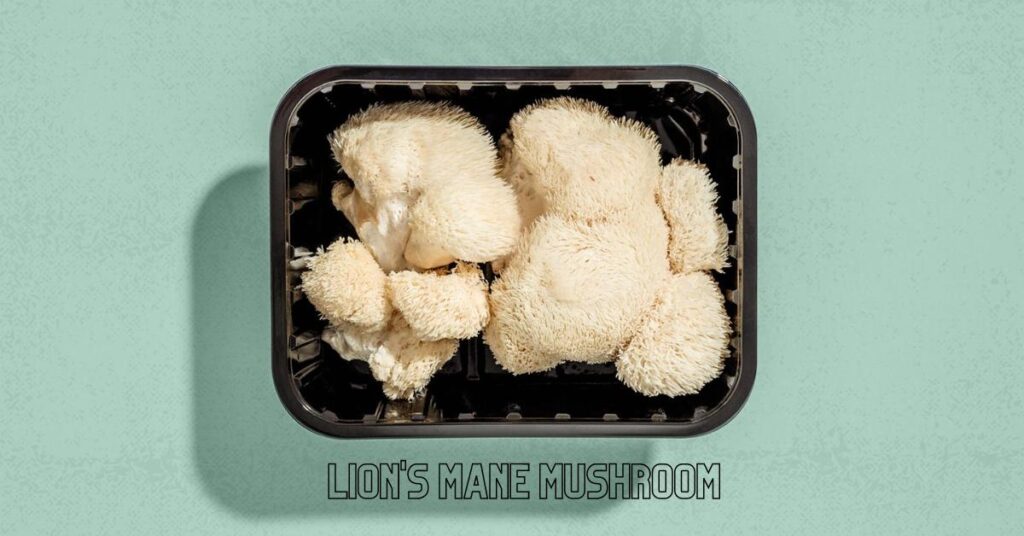
Safety Precautions
While Lion’s Mane mushroom is generally safe to consume, it’s essential to positively identify it before harvesting and consuming. If you’re not confident in your identification skills, consult with an experienced forager or mycologist.
Make the BEST Lion’s Mane Mushroom Steaks | BRAIN BOOSTING BBQ (2023)
FAQs
Can I eat Lion’s Mane mushroom raw?
While it’s safe to cook mushrooms and eat Lion’s Mane mushroom raw, many people prefer to cook it to enhance its flavor and texture.
What does Lion’s Mane mushroom taste like?
Lion’s Mane mushroom has a mild, seafood-like flavor with a tender, meaty texture.
How do I know if my Lion’s Mane mushroom has gone bad?
If the mushroom develops a strong odor, becomes slimy, or shows signs of mold, it’s best to discard it.
Are there any potential allergic reactions to Lion’s Mane mushroom?
Allergic reactions are rare, but if you’re trying Lion’s Mane for the first time, start with a small amount to check for any adverse effects.
Can I cultivate Lion’s Mane mushroom at home?
Yes, Lion’s Mane mushroom can be cultivated at home using grow kits or substrates.
Conclusion
Cutting Lion’s Mane mushroom requires precision and care to maintain its unique attributes and potential health benefits. By following the step-by-step guide outlined in this article, you can ensure a successful harvest and create delightful culinary creations. Remember to savor not only thick texture and the taste but also the potential cognitive rewards that this remarkable mushroom may offer.
